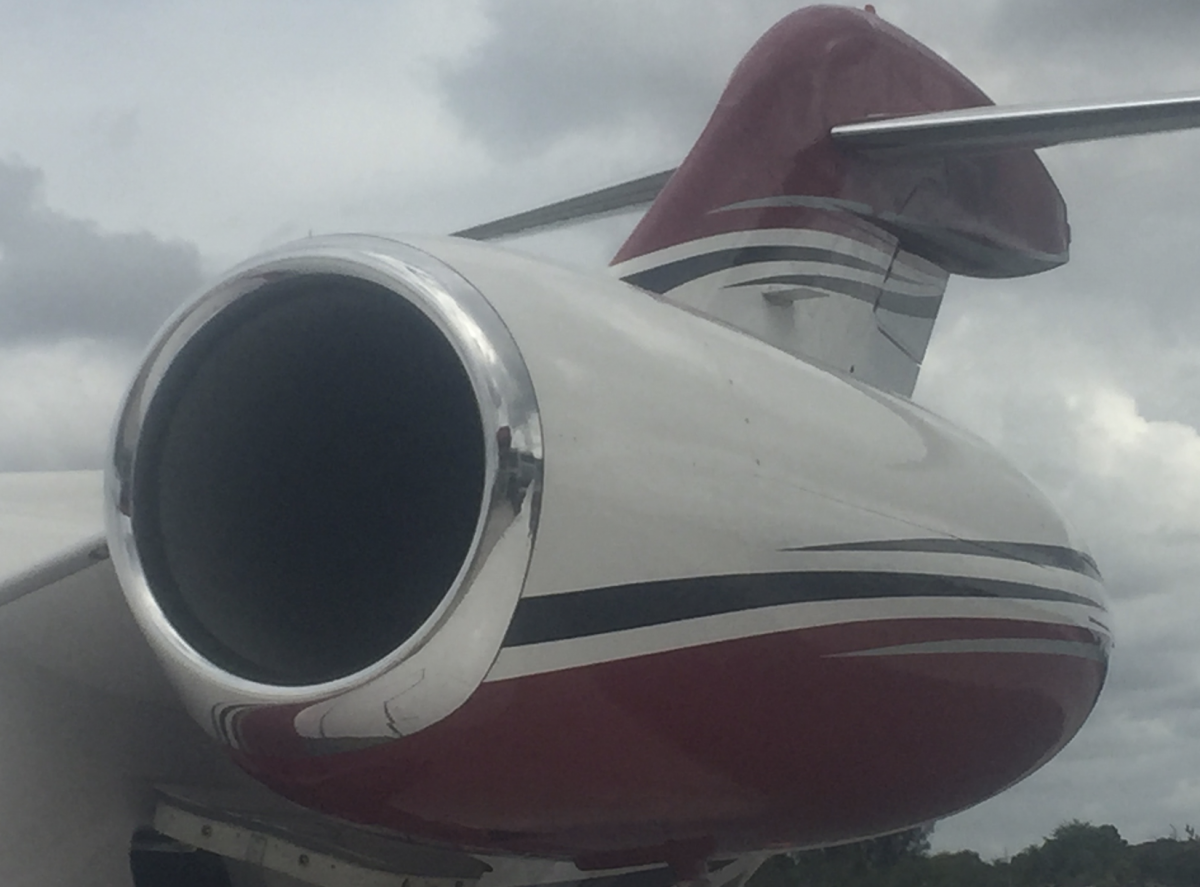
A total of 23 business aircraft arrived at Geneva Airport for the annual European Business Aviation Convention & Exhibition (EBACE) using alternative fuels, the National Business Aviation Association (NBAA) announced.
The Aircraft that participated in this first-ever EBACE SAJF Fly-In are showcased at the event’s static display. While Gulfstream flew a G450 across the Atlantic Ocean in 2011, the focus comes as U.S. politicians have stepped up rhetoric about aviation’s impact on the economy.
“Today, it is more evident than ever how unified our industry is in working toward the goal of continually reducing emissions through innovation,” said NBAA president and CEO Ed Bolen. “Business aviation has always led the way in promoting technologies that advance the sustainability of flight, and it is appropriate that we highlight our focus in this area through this record-setting fly-in.”
“This week’s record-setting EBACE SAJF Fly-In is a milestone in business aviation’s commitment to sustainability and reducing carbon emissions,” said European Business Aviation Association chairman of the board of governors Juergen Wiese, adding, “We are proud that Europe’s leading business aviation event, which has always showcased innovation, is proving the viability and value of alternative fuels.”
Production and use of the alternate fuels are key to the industry’s Business Aviation Commitment on Climate Change, which, among other aims, seeks to achieve carbon neutral growth from 2020 forward. Last year at EBACE, industry leaders reaffirmed that commitment by releasing a guide to using SAJF.
Many of the airplanes that flew to EBACE using SAJF arrived from London’s Tag Farnborough Airport, where industry leaders hosted a demonstration day, entitled “Fueling the Future,” on May 18, 2019. The Farnborough day followed a similar SAJF demonstration day at Van Nuys Airport in California on Jan. 17, 2019.
In addition to Farnborough, flights arrived in Geneva from several airports in Europe and North America, where alternative fuels were available for business aircraft. These include Caen Carpiquet Airport in France, Stockholm Arlanda Airport in Sweden and Republic Airport on Long Island in the United States.
At the Farnborough Demonstration Day and again today at EBACE, industry leaders underscored that SAJF are safe and do not impact aircraft performance. The fuels also benefit airport communities, reducing particulate matter.
In addition to EBAA and NBAA, the development of SAJF has been promoted by a coalition of industry organizations, including the General Aviation Manufacturers Association (GAMA), the International Business Aviation Council (IBAC) and the National Air Transportation Association (NATA). Learn more about the SAJF initiative at futureofsustainablefuel.com.
Leaders from that coalition thanked all the fuel providers, aircraft manufacturers, service providers, airport authorities and others who supported this week’s EBACE SAJF Fly-In, including: Air BP, Avfuel, Aviator, Bombardier, Cirrus Aircraft, Daher, Dassault Aviation, Diamond Aircraft, Embraer, Gulfstream, JSSI, NESTE, Textron Aviation and World Fuel Services.
“These flights are intended to demonstrate to everyone in our industry that SAJF is, quite simply, Jet-A in every way: a drop-in fuel that has undergone exhaustive testing and meets all specifications and requirements,” said GAMA President and CEO Pete Bunce. “As an industry, we are extremely proud to have delivered a 40 percent fuel efficiency improvement over the last 40 years through improved aircraft and component designed materials and manufacturing processes. We look forward to building upon these efficiency gains, which directly translate to our industry’s environmental sustainability goals through the growing availability and use of SAJF.”
“This fleet of 23 aircraft flying into Geneva for EBACE on sustainable aviation fuel represents the global commitment by business aviation to mitigate its carbon emissions, and contribute to the goal of carbon-neutral growth from 2020,” said IBAC Director General Kurt Edwards. “The fly-in also demonstrates the viability of these drop-in fuels, and provides further proof to the industry that we can fly with SAJF now,”
“Each milestone of the SAJF initiative represents progress in education and awareness, and exemplifies the dedication and commitment of our industry and coalition members,” stated NATA President Gary Dempsey. “NATA thanks each one of the participants of the Farnborough and EBACE events for their support and engagement – without them, none of this would be possible.”
